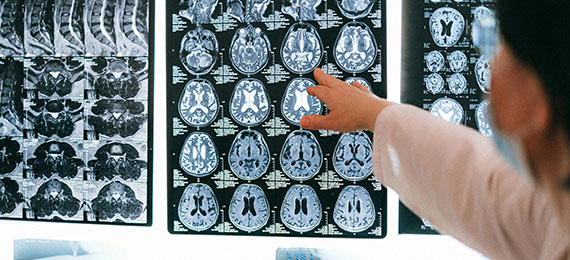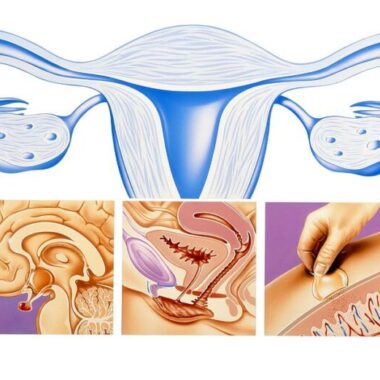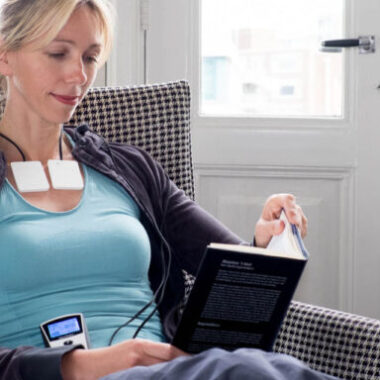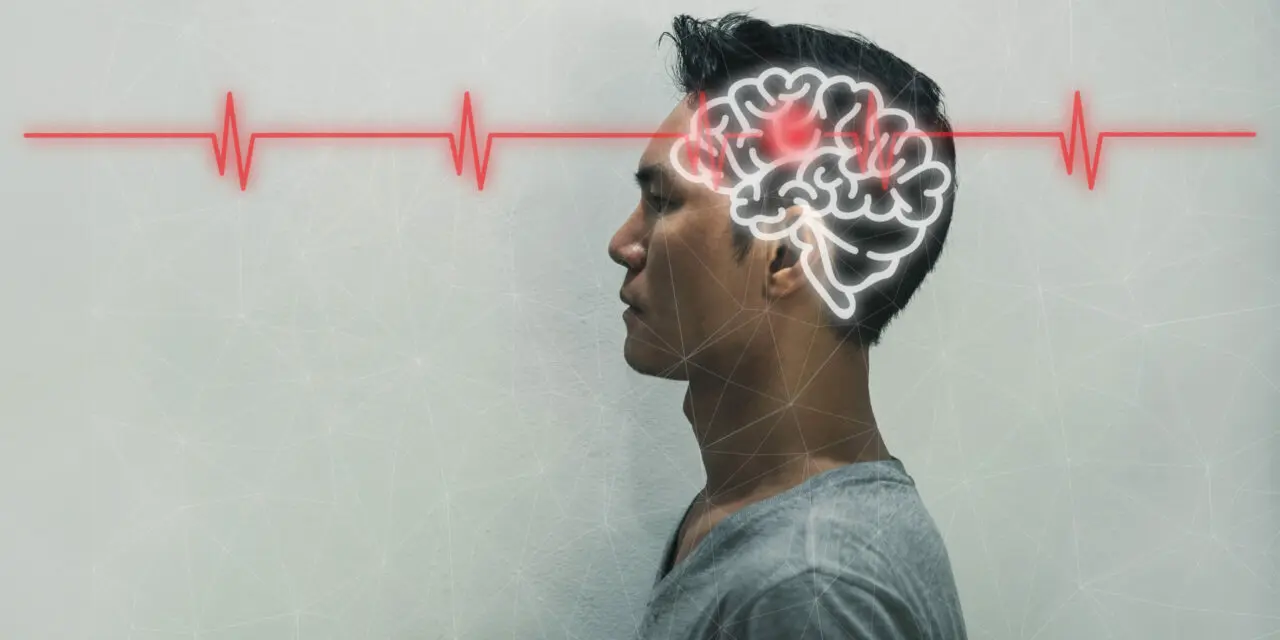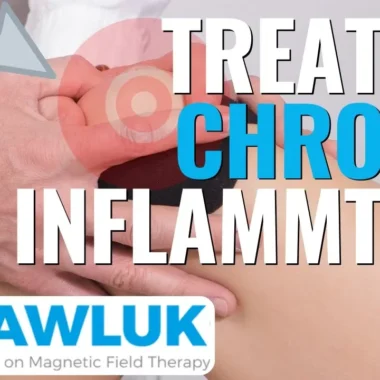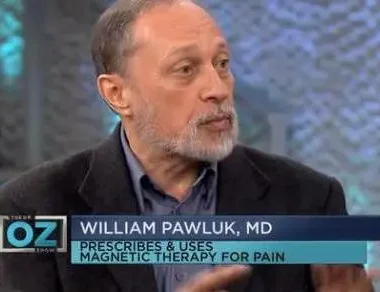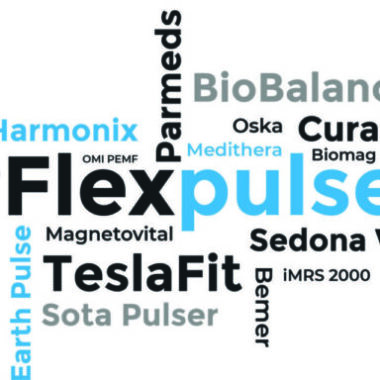Can Magnetic Fields Help Heal the Brain?
A New Frontier in Brain Health
Imagine lying back in a comfortable chair as gentle pulses of magnetic energy pass silently through your brain—no surgery, no implants, no medication. Just targeted magnetic fields, carefully applied. Over time, your mood begins to lift. Your thinking feels clearer. Memory returns with greater ease.
This isn’t speculative. It’s the emerging science of Transcranial Magnetic Stimulation (TMS)—and, increasingly, related to it, Pulsed Electromagnetic Field (PEMF) therapy. Both approaches work by engaging one of the brain’s most remarkable healing molecules: BDNF (Brain-Derived Neurotrophic Factor).
What is BDNF—and Why Does It Matter?
BDNF can be thought of as fertiliser for the brain. It helps neurons grow, connect, regenerate, and survive. It’s essential for:
- Learning and memory
- Mood regulation
- Cognitive resilience
- Recovery after injury
- Protection from neurodegenerative diseases
Low levels of BDNF have been associated with depression, Alzheimer’s, Parkinson’s disease, multiple sclerosis (MS), and brain fog after trauma. Naturally increasing brain BDNF levels—without invasive procedures or pharmaceuticals—is a meaningful step forward in brain health.
How Magnetic Therapy Supports BDNF
A 2025 study by Yalachkov and Karimi-Abdolrezaee in Frontiers in Neurology found that magnetic stimulation significantly increases BDNF levels in both animals and humans. Here’s how:
- Neural stimulation: Targeting areas like the prefrontal cortex triggers BDNF production.
- Neuroplasticity: Repeated pulses mimic learning and exercise, helping the brain adapt and rewire.
- Immune regulation: Magnetic fields support glial cells and reduce inflammation, aiding recovery.
This isn’t just about “boosting brain power.” It’s also about fostering the brain’s natural capacity to heal.
Who Might Benefit?
Here’s a look at some of the ways how BDNF and magnetic stimulation are showing promise across various conditions:
Condition | How BDNF Helps |
|---|---|
Depression | Lifts mood, promotes new neural pathways |
Alzheimer’s Disease | Supports memory and slows cognitive decline |
Parkinson’s Disease | Helps dopamine-producing neurons survive |
Multiple Sclerosis (MS) | Improves mental clarity and reduces fatigue |
Traumatic Brain Injury | Encourages cognitive recovery and focus |
Stroke Recovery | Aids in motor relearning and coordination |
The Role of PEMF Therapy
PEMF therapy, while often associated with physical medicine and pain management, is now being explored for its neurological benefits. Though research into brain-specific outcomes is still evolving in early stages, initial findings suggest PEMF can may:
- Improve mood and sleep
- Reduce neuroinflammation
- Enhance circulation and cellular repair
- Enhance cognitive function
PEMF offers a non-invasive, drug-free approach that can complement other therapeutic strategies. When delivered with appropriate intensity and consistency, it has the potential to become a valuable part of long-term neurological care.
Why Magnetic Field Strength Matters
Effective brain stimulation requires sufficient magnetic field intensity. To meaningfully impact BDNF and brain recovery, the magnetic field must reach and engage deep neural tissues.
Research indicates that to achieve approximately 15 Gauss (G) at the target brain tissue—enough to influence inflammation and repair—a system needs to generate a surface intensity of around 4,000 G, due to the natural attenuation of magnetic fields through the skull (typically 15 cm thick). Daily sessions, over several weeks or months, may be required to see measurable benefits.
What cannot always be healed can often be maintained—and this is especially true for chronic neurological conditions.
Curious About PEMF for Brain Health?
At DrPawluk.com, we provide free consultations to help you choose the right PEMF system for your goals—whether you’re supporting recovery, addressing mood or cognitive challenges, or exploring proactive brain wellness.
Could magnetic field therapy become part of your care?
The evidence continues to build—and for many, it’s already making a meaningful difference.
Learn More
- Book a Free PEMF Consultation with one of our medical experts → https://www.drpawluk.com/
consult/ - Reference: Yalachkov Y., Karimi-Abdolrezaee S. et al., “Neuroplasticity in Multiple Sclerosis.” Frontiers in Neurology, 2025. (https://www.frontiersin.org/
journals/neurology/articles/ 10.3389/fneur.2025.1550152/ full) - For Safety Information about using PEMFs for the brain see: https://www.drpawluk.com/pemf-
safety/
